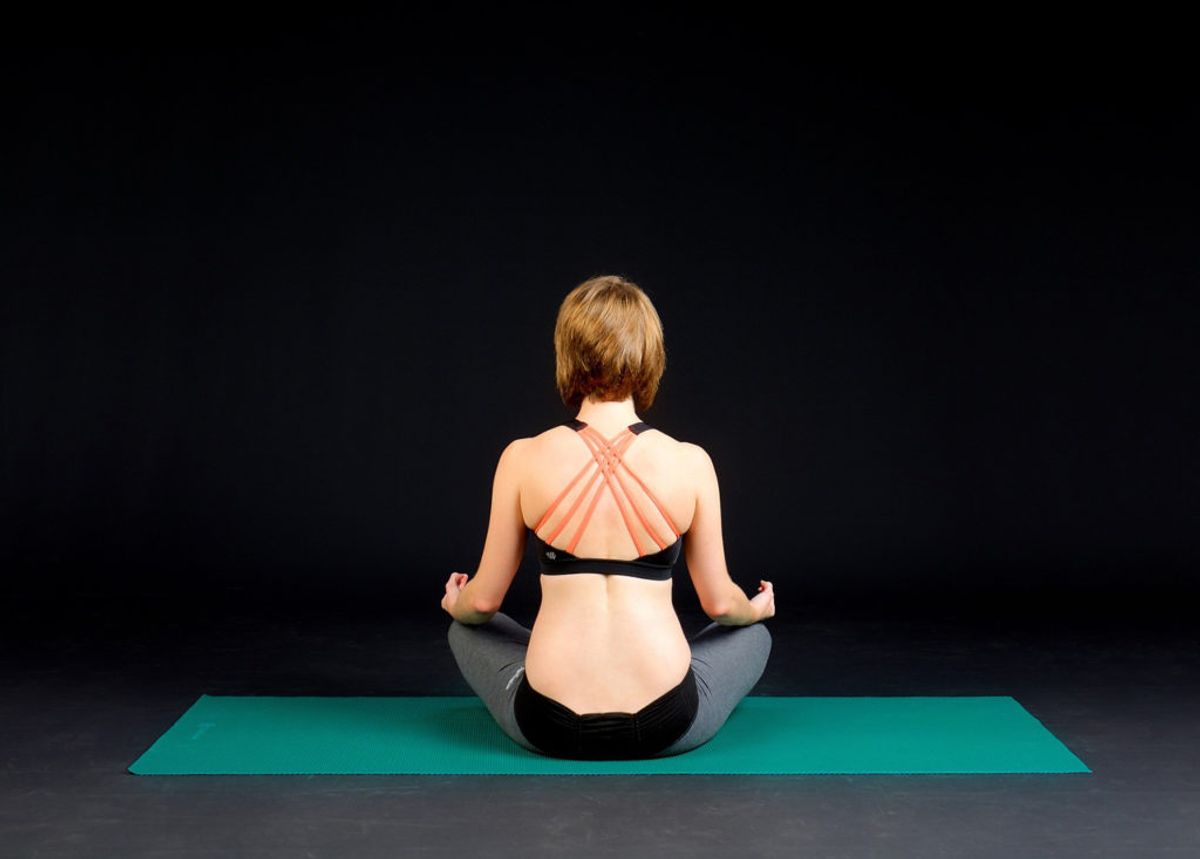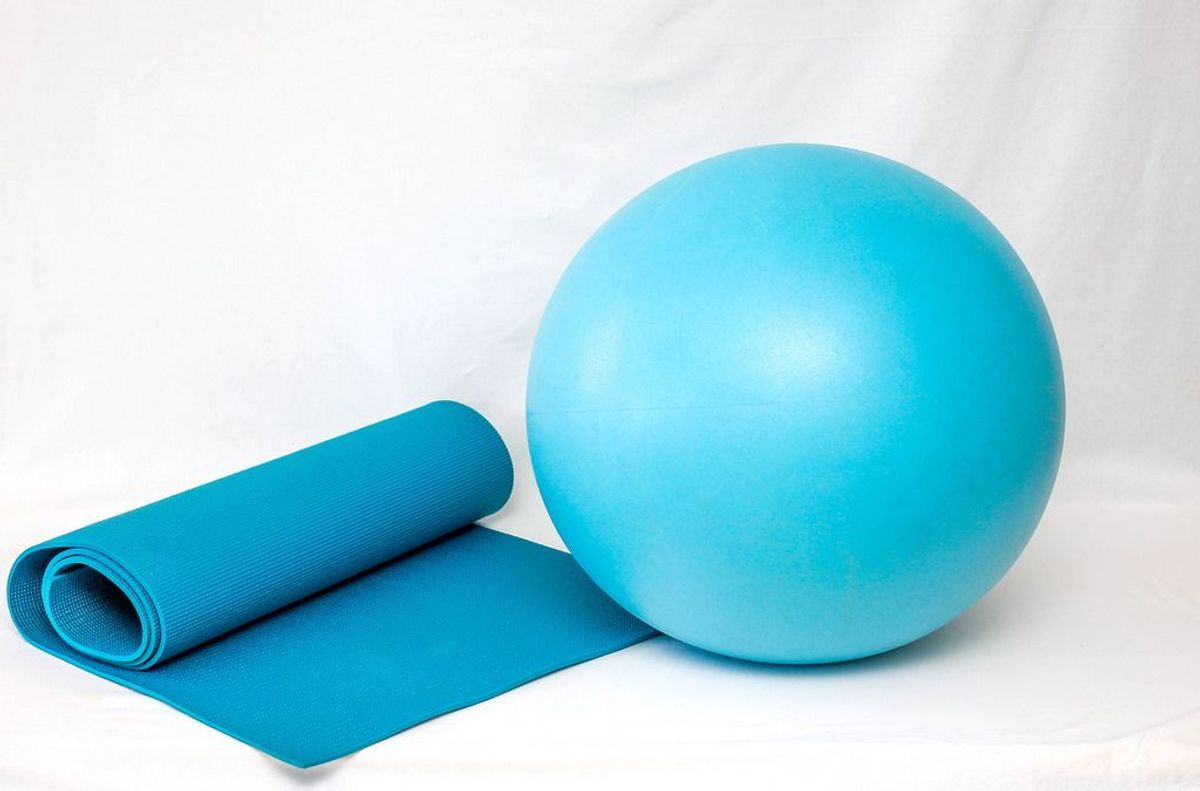
5 Simple Steps to Make Your Own DIY Yoga Mat Cleaner
Creating your own DIY yoga mat cleaner is an easy and cost-effective way to maintain the cleanliness and longevity of your yoga mat. This article will guide you through five simple steps, using readily available ingredients, to create a natural and effective cleaner. Perfect for the eco-conscious yogi, this DIY solution not only cleans but also preserves the grip and texture of your yoga mat.
Key Takeaways
- Choose essential oils not only for their fragrance but also for their antibacterial properties, such as tea tree or lavender oil.
- Witch hazel acts as a natural disinfectant without damaging the yoga mat's material.
- Use distilled water to avoid the minerals in tap water that can degrade the mat over time.
- Select a spray bottle that produces a fine mist to evenly distribute the cleaner over the surface of the mat.
- A microfiber cloth is ideal for cleaning yoga mats as it effectively removes dirt without leaving residue.
1. Essential Oils
Essential oils are a key component in creating an effective DIY yoga mat cleaner. They not only provide a pleasant aroma but also possess natural antibacterial properties that help maintain hygiene and performance of your yoga mat. When selecting essential oils, consider their therapeutic benefits and ensure they are skin-friendly to avoid any allergic reactions.
Here are some popular choices for essential oils in yoga mat cleaners:
- Tea Tree Oil: Known for its powerful antibacterial and antifungal properties.
- Lavender Oil: Popular for its calming and relaxing effects.
- Eucalyptus Oil: Excellent for its strong cleansing properties and invigorating scent.
Remember to always dilute essential oils with a carrier oil or other base ingredients like witch hazel and distilled water to ensure they are safe to use on your yoga mat and skin.
2. Witch Hazel
Witch hazel is a key ingredient in DIY yoga mat cleaners due to its natural astringent properties, which help to cleanse the mat by removing dirt and bacteria. It is gentle on the mat material while being effective in sanitizing the surface. To incorporate witch hazel into your cleaner, you can follow these simple steps:
- Measure out 1/4 cup of witch hazel.
- Combine it with distilled water in a spray bottle.
- Add a few drops of your chosen essential oils to enhance the cleaner's aroma and antibacterial properties.
Witch hazel is not only effective but also ensures that your yoga mat remains free from harsh chemicals found in many commercial cleaners.
3. Distilled Water
Using distilled water in your DIY yoga mat cleaner is crucial because it is free from impurities that can be found in tap water. These impurities can leave residues on your yoga mat, potentially degrading its material or causing skin irritations. Distilled water ensures that your cleaner is pure and effective, enhancing the longevity of your mat.
- Why use distilled water? It does not contain minerals and other contaminants.
- Effect on the yoga mat: Prevents buildup that can deteriorate the mat’s surface.
Ensure that the distilled water is at room temperature to maintain the efficacy of the essential oils and witch hazel in your cleaner.
4. Spray Bottle
Choosing the right spray bottle for your DIY yoga mat cleaner is crucial for effective application. Opt for a bottle that provides a fine mist to ensure even distribution of the cleaner over the surface of the mat. Ensure the spray bottle is clean and free from any residues of previous contents to avoid contamination. Here are a few tips for selecting and using your spray bottle:
- Select a bottle with an adjustable nozzle to control the spray intensity.
- Prefer bottles made from materials that are resistant to essential oils and other ingredients in your cleaner.
- Regularly clean your spray bottle to maintain its effectiveness and hygiene.
Ensure the spray bottle is thoroughly rinsed and dried before filling it with your yoga mat cleaner mixture.
5. Microfiber Cloth
After preparing your DIY yoga mat cleaner, the final step involves the use of a microfiber cloth. This type of cloth is ideal for cleaning yoga mats due to its soft texture and high absorbency, which ensures that your mat is not only clean but also protected from damage. To effectively use the microfiber cloth:
- Spray the cleaner generously over the surface of the yoga mat.
- Gently wipe the mat with the microfiber cloth, using circular motions to lift and remove dirt and sweat.
- Allow the mat to air dry completely before rolling it up again.
Remember, regular cleaning with a microfiber cloth can extend the life of your yoga mat and provide a fresh, hygienic surface for your yoga practice.
Discover the ultimate tool for keeping your yoga gear pristine with our Microfiber Cloth, perfect for maintaining your mats and accessories. Visit Yune Yoga today to explore our full range of yoga products and ensure your equipment stays in top condition. Enhance your yoga practice with the best care for your gear!
Conclusion
Creating your own DIY yoga mat cleaner is not only simple but also a healthier and more cost-effective alternative to store-bought cleaners. By following the five easy steps outlined in this article, you can ensure your yoga mat remains clean, fresh, and free from harmful chemicals. This homemade solution not only preserves the integrity of your mat but also aligns with a more sustainable and mindful yoga practice. Embrace the process and enjoy the peace of mind that comes with using a product that is safe for you and the environment.
Frequently Asked Questions
What essential oils are best for a yoga mat cleaner?
Lavender, tea tree, and eucalyptus oils are popular choices for their antibacterial properties and pleasant scents.
Why is witch hazel used in yoga mat cleaners?
Witch hazel is a natural astringent that helps clean the mat without damaging it, and it helps disperse the essential oils evenly.
Can I use tap water instead of distilled water?
It's best to use distilled water to prevent mineral buildup on your yoga mat, which can occur with tap water.
What type of spray bottle should I use?
Use a spray bottle that produces a fine mist to evenly distribute the cleaner across the yoga mat.
How do I use a microfiber cloth to clean my yoga mat?
After spraying the cleaner, gently wipe the mat with a microfiber cloth to remove dirt and absorb excess moisture.
How often should I clean my yoga mat?
It's recommended to clean your yoga mat after each use to maintain hygiene and prolong its life.


